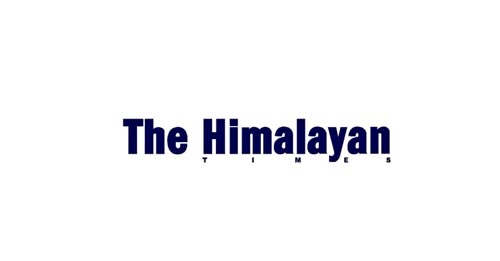EDITORIAL: Oil from pipeline
With the pipeline project coming into operation, the govt should also come up with a plan to expand it upto Kathmandu
After years of rigorous efforts, Nepal has finally entered a new era of importing petroleum products from a cross-border pipeline, which will hugely reduce the transportation cost, lessen technical leakage and ensure uninterrupted supply of the commodity in the country. Prime Minister KP Sharma Oli and his Indian counterpart Narendra Modi jointly launched a virtual inauguration of the much-hyped 69-kilometre-long Motihari-Amlekhgunj cross-border petroleum pipeline from their respective offices in Kathmandu and New Delhi on Tuesday. The executive heads of both the countries officially launched the commercial operation of the pipeline, which is the first of its kind in South Asia. Addressing the video conference, witnessed by Nepal’s PM Oli, Indian PM Modi said the Motihari-Amlekhgunj pipeline project was completed much earlier than the stipulated time – eight months before the 30-month deadline – through joint efforts of both the countries. He gave assurances that the operation of the petroleum pipeline project would ensure the supply of 2 million tonnes of clean petroleum products from India to Nepal at affordable prices.
On the occasion, PM Oli also said this was the first of its kind between Nepal and India. He said this project would not only save cost, it would also minimise the time, lessen the traffic at the Birgunj customs point and also help reduce air pollution. Oli said this project would also pave the way for laying pipelines across the country and enhance inter-connectivity and interdependency between Nepal and India. As per the agreement reached between the two countries in 2014, Indian Oil Corporation (IOC) had built the pipeline project with an investment of INR 3.24 billion in collaboration with Nepal Oil Corporation (NOC), which imports almost all petroleum products from IOC. Envisaged way back in 1996, the dream of laying the cross-border petroleum pipeline came true after the PMs of both the countries jointly initiated the ground-breaking of the project on April 6, 2017 during Oli’s state visit to India.
The petroleum pipeline aims at putting in place a mechanism for assured, continuous, cost-effective, quality and eco-friendly supply of fuels to Nepal. The 10-inch-wide pipeline is equipped with the latest tele-supervisory and leak detection system. The Nepal Army will provide security to the 36.2-km section of the pipeline that lies in Nepal. Although the commercial operation of the project has begun, NOC officials said only diesel would be supplied from the pipeline in the initial phase. After the pipeline came into operation, NOC is expected to save transportation costs worth Rs 1.5-3.5 billion annually, and the amount saved thus can be used to build oil depots. As many as 160 oil tankers that were used to ferry petroleum products from India’s Baruni will be utilised to transport fuel within the country. Nepal imports petroleum products from India worth billions of rupees every year. This is the first step towards ensuring smooth supply of fossil fuels. The government should also come up with a plan to expand the pipeline project upto Kathmandu. Learning lessons from this initiative, Nepal and India should also expedite the process of completing other bilateral projects on time that have remained non-starters for many years.
Jail goes hi-tech
In what is a novel initiative, the District Prison of Ramecchap is making preparations to introduce video conference service for the inmates. Should this be a success, it will greatly reduce the security threat to the inmates while cutting down on the government expenditure. Inmates are required to visit the court every now and then to record their statements, and this puts a burden on the limited police personnel stationed in the district prison, who must provide security to the prisoners on the way. There are also chances of the prisoners making good their escape while ferrying them to the court and back.
With advancements in IT technology, the country must try to break itself from traditional ways of doing things and move with the times. Video conferencing is applicable in a wide range of fields, from education to health to politics. The prime minister, for instance, held a cabinet meeting through video conferencing on August 26 from Singapore while he was there for a health check-up. Should the Ramecchap prison experience prove fruitful, it could be emulated in the other district prisons, which would greatly reduce the financial burden of the government.






